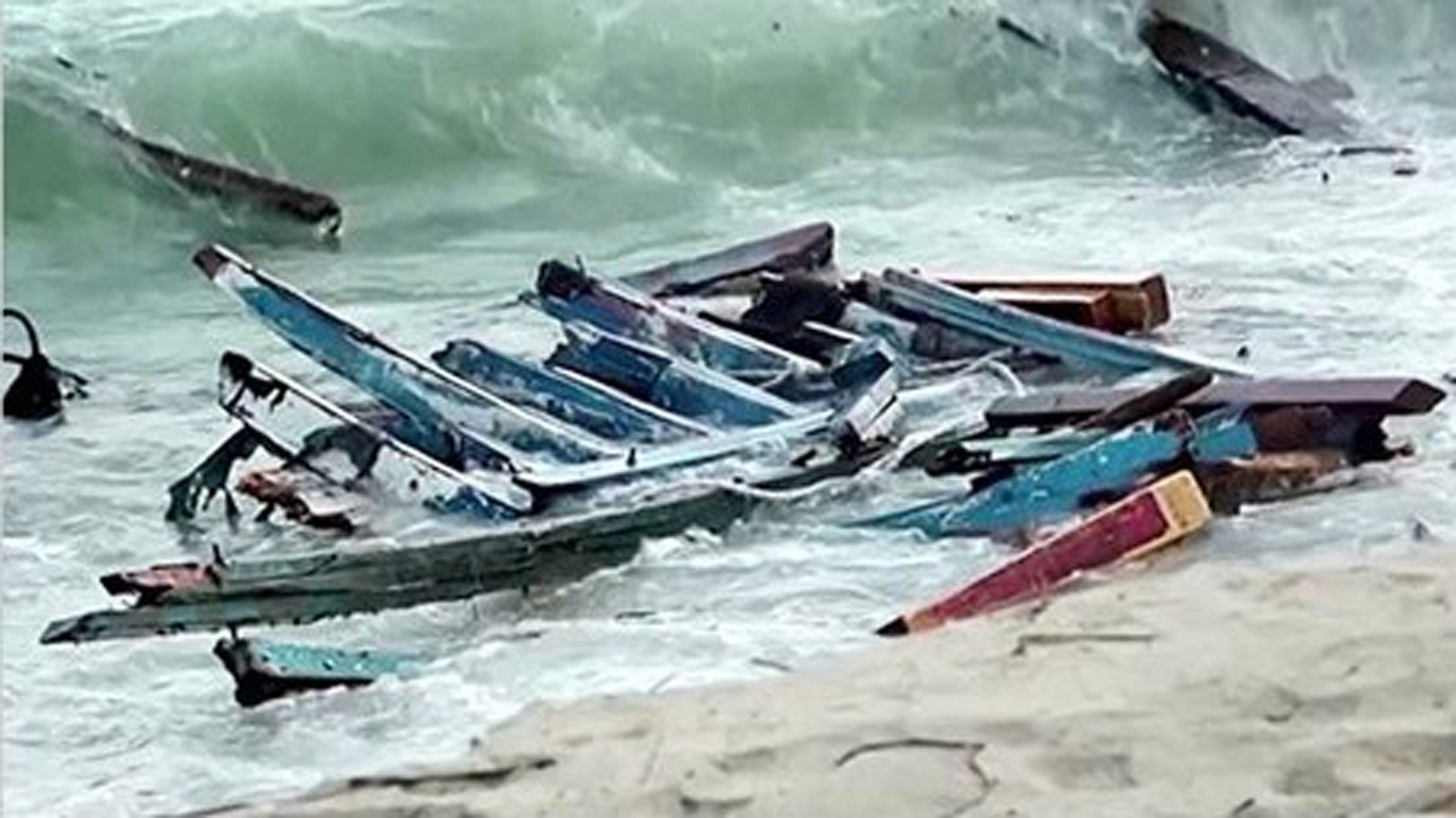Hamid Nizami was one of 94 people whose lives ended off the coast of the Italian town of Cutro in February. We spoke to his cousin to get a sense of the struggle he faced back home.
From the streets of Kabul to a ship loaded with migrants
Hamid's cousin is still haunted by visions of his relative's final moments. He wonders how frightened Hamid was as storm waves capsized the ship. He still misses the cousin with whom he shared his home until two years ago.
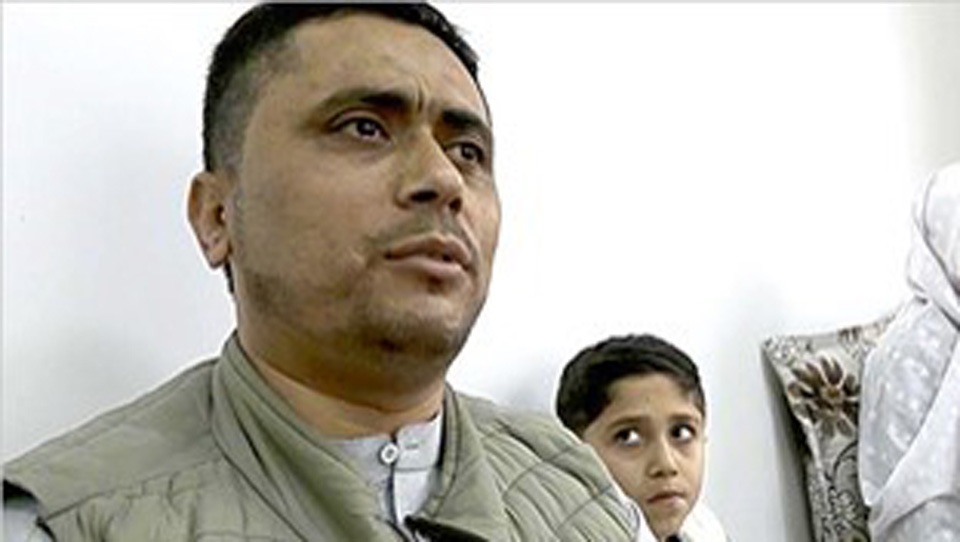
Hamid Nizami made a living by selling fruit and carrying produce for other traders at a market in Kabul. His cousin told us he was friendly and well-liked. He enjoyed life and was quick with a smile.
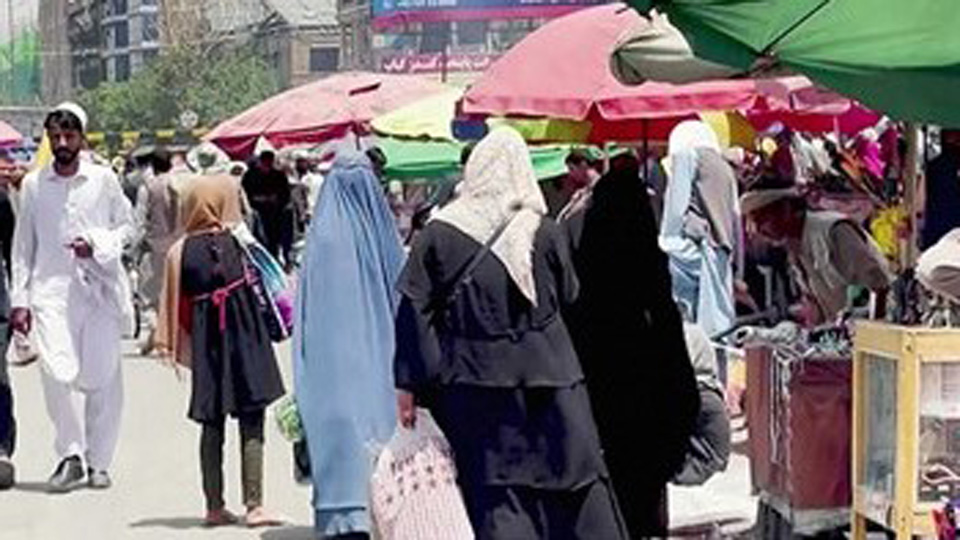
Everything changed in August 2021 when the Taliban seized power after a two-decade hiatus.
Afghanistan's economy, which was already on shaky ground, deteriorated further when foreign aid was largely cut off. When funds that accounted for more than half of the national budget dried up, joblessness spiked.
Hamid was among those affected and decided to leave the country to find better conditions. Within a few months of the Taliban takeover, he was making his way to Turkey via Iran.
Hard times in Turkey
Hamid lived in a single room with five or six other migrants and worked in a factory in Istanbul. Sometimes he lived on the street and had to pick through trash in search of food.
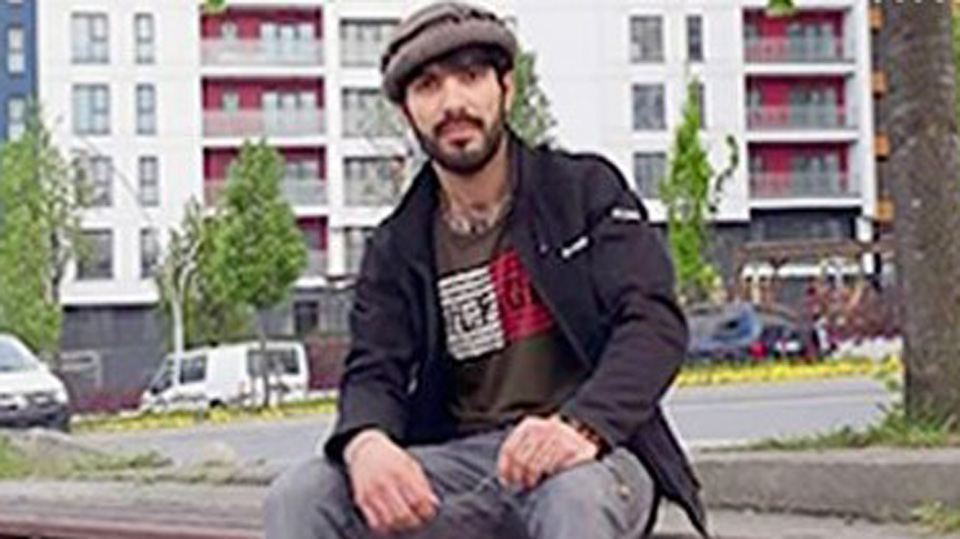
More than a year later, Hamid called his cousin and told him about his decision to move on to Europe: "I have to go further. Life is very hard in Turkey and I can't even pay the rent. I can't continue to live here."
His family tried to persuade him to return home, but Hamid had made up his mind: "I can never go back to Kabul."
"I'm finally getting on a boat tonight. I'm going to leave my mobile phone with the trafficker now." That was the last time his cousin heard Hamid's voice. A few days later, news broke of a shipwreck off Italy's coast. Many of the 200 people on board were Afghans. Hamid's family was convinced he was one of them.
Tenfold rise in number of would-be migrants
Nimroz Province in southwestern Afghanistan is where many Afghans aiming to leave the country gather. They watch the Iranian side of the border across a dry riverbed, waiting for a moment when the security presence looks lighter so they can make a dash for it.
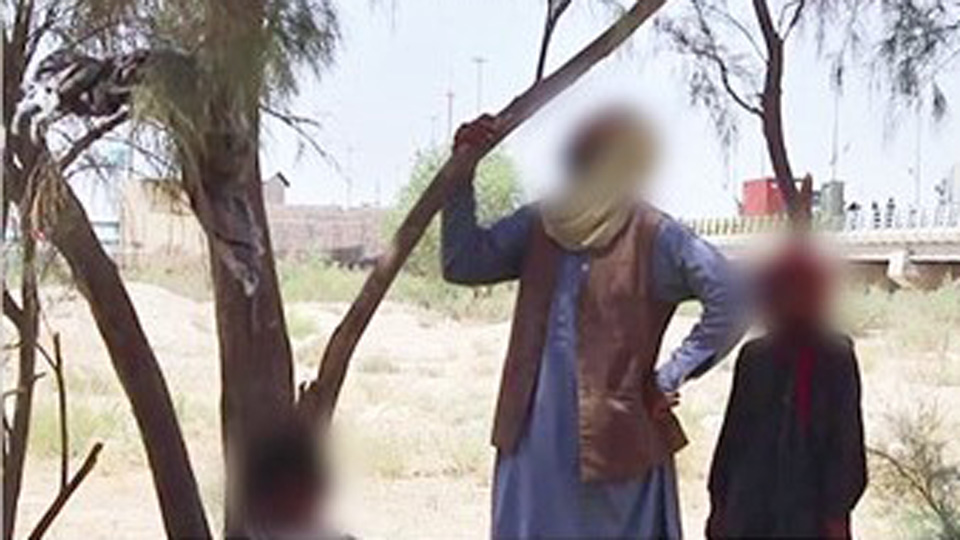
"I know it's dangerous and that I might die," says one man. "But I don't have a job here and I might die of poverty if I stay. I have no choice but to go."

One trafficker in Kabul says he started working after the Taliban came back to power. He says he has arranged for 3,000 people to cross the border, claiming the number coming to him for help has risen tenfold in the past year and a half.
He says many people leave the country without going through the proper channels not only because they are afraid of the Taliban, but because getting a passport and visa takes time and money.
The cost of being smuggled into Iran is about 16,000 Afghani, close to 200 dollars. Given the high possibility of failure, money changes hands only when it is time to cross over.
Some people save money while working in Iran or Turkey in hopes of making their way to Europe. But even getting settled in one of these way stations is an arduous experience that not everyone can manage.
The trafficker describes the dire conditions of trekking into Iran. "If you take ten people across, one may die and, if the weather is bad, that number will be higher," he says. "Some people are shot by the guards. Even if you get to Turkey, you will face harsh conditions. Some people lose their lives in the cold, and some drown in the Mediterranean, aiming for Italy. Still, it's much better to drown than to be here."
In Afghanistan, food shortages caused by prolonged drought have put many people at risk. The United Nations estimates that two-thirds of the population requires humanitarian assistance.
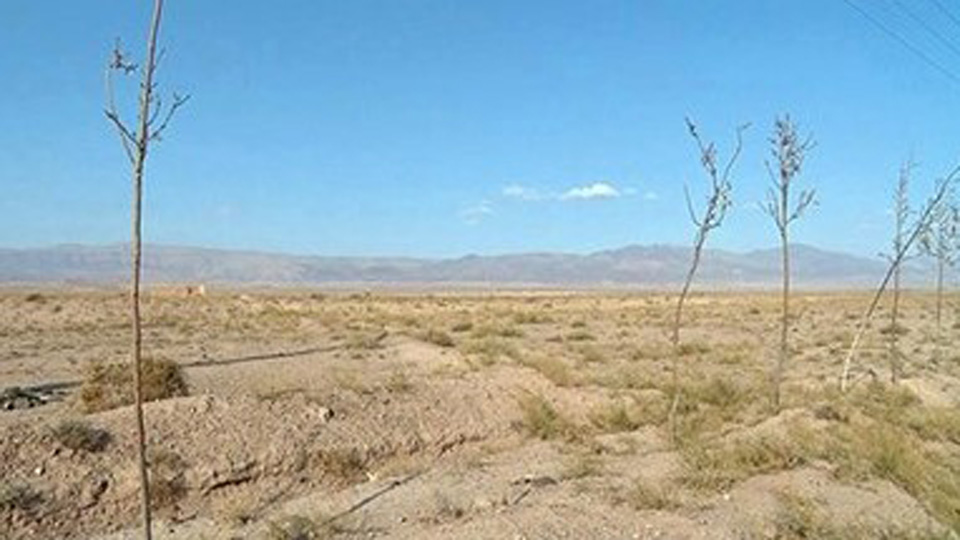
The Taliban regime has cracked down on those crossing the border illegally, but many still try despite the risk of being caught and punished.
Mixed response in Italy
Many residents of Cutro have responded to the shipwreck with expressions of sympathy and sadness. Some have been leaving flowers at the site where bodies and pieces of the vessel washed ashore for months.
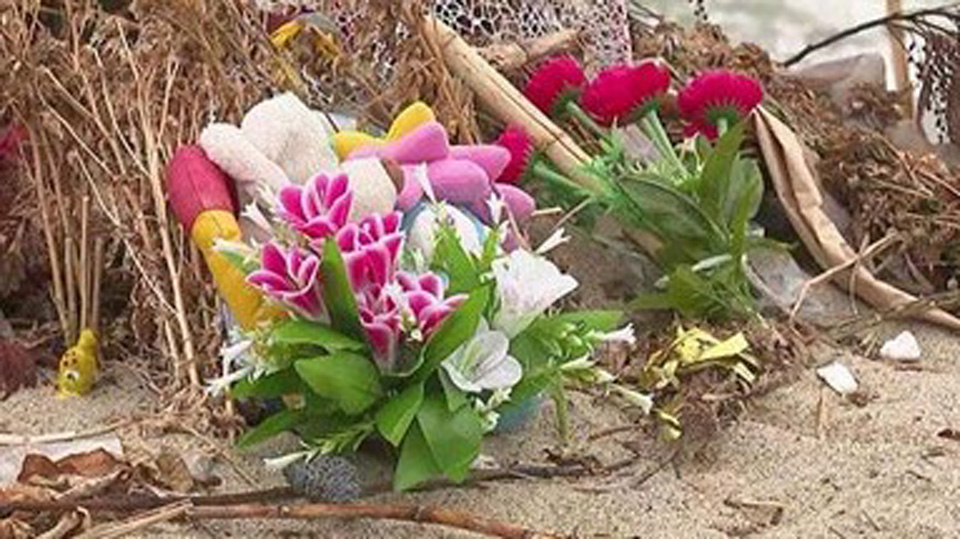
A handmade cross on the beach is accompanied by a message from a local high school student: "You left hoping to raise your children in peace, but fate was cruel. Please forgive our sea for not welcoming you. There is sadness in our hearts."
Residents helped to rescue survivors and retrieve bodies. Among the dead were 26 women and 34 children. "As a mother myself, my heart aches when I think of a woman making a desperate bid to give her children a better life in this way," says one Cutro resident.
Many of the bodies were transported back to their bereaved families, but some, including that of Hamid, are buried in local graves. The custodian of the gravesite says they feel providing a resting place was the least they could do.
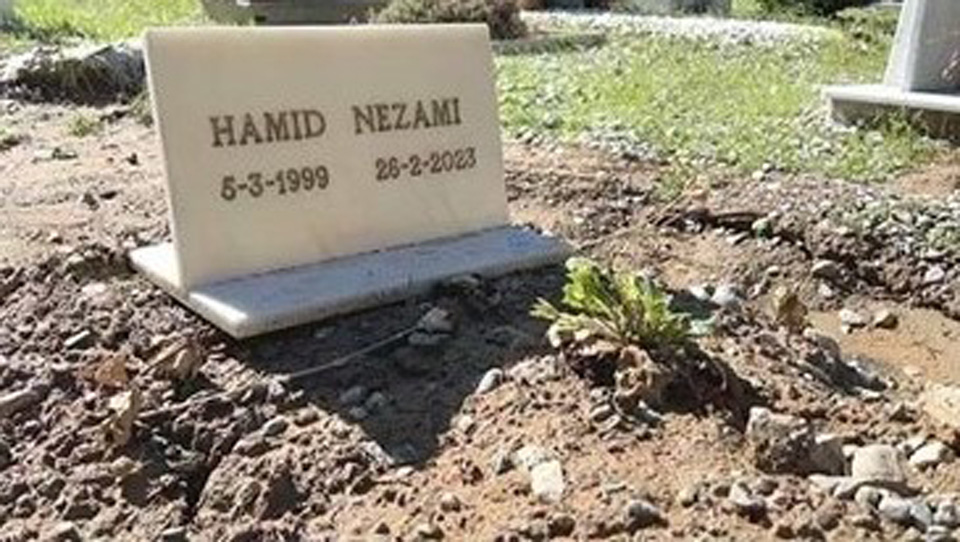
Less than welcome
Italian Prime Minister Giorgia Meloni took office in October 2022, basing her appeal partly on an anti-immigrant stance. Within two months, she placed restrictions on the ability of NGOs to rescue migrants at sea. In March of this year, she responded to the shipwreck that took Hamid's life with the so-called "Cutro decree." The law makes migrants who already have a family member in Italy ineligible for a special visa that used to allow them to stay even after being denied refugee status.
This comes amid a sharp increase in the number of migrants trying to enter Italy. The figure totaled 46,000 between January and mid-May of this year, nearly four times higher than the same period last year.
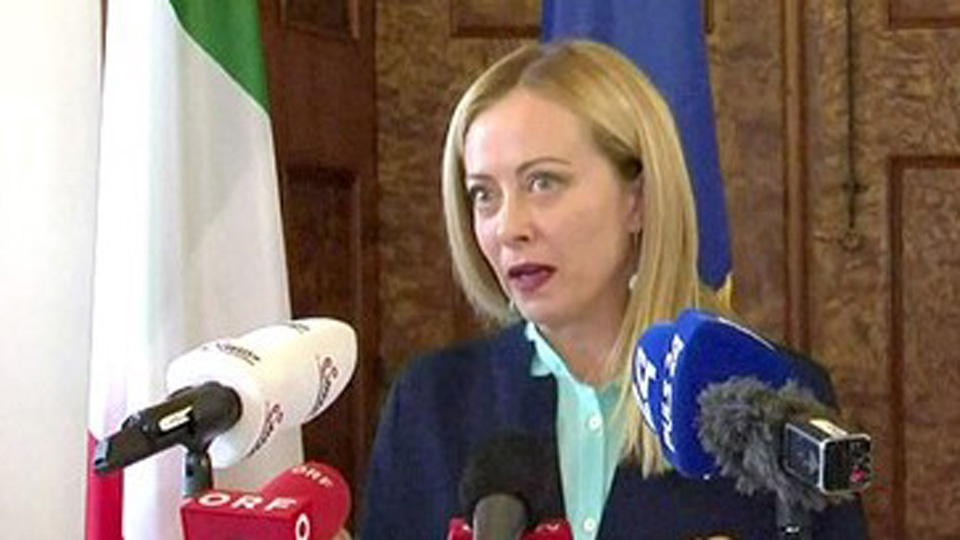
The Italian government is working with Tunisia and other countries from which migrants set off to discourage them from attempting the crossing. Meloni says stopping people before they embark on such a journey is the best way to prevent tragedies like the one that occurred off Cutro.
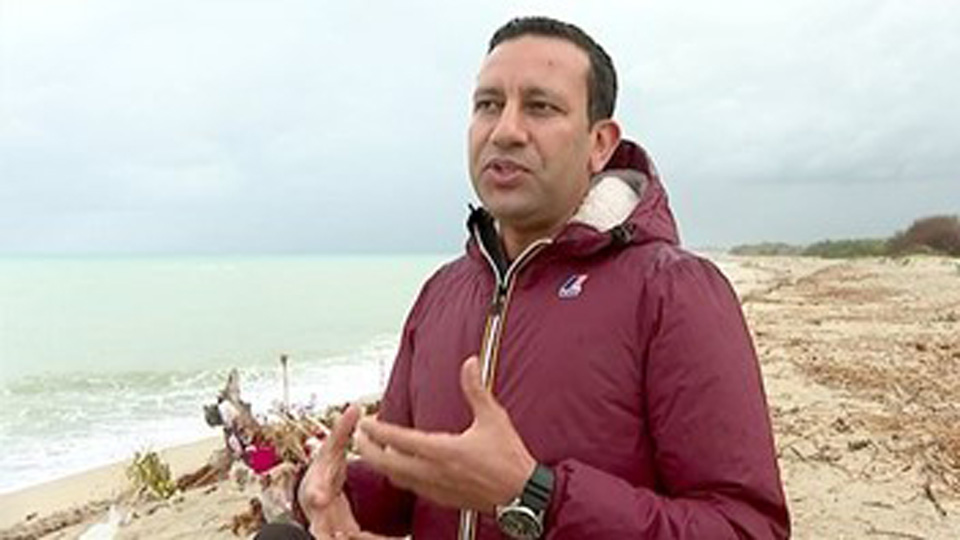
Hamzi Labidi is one of many who oppose the hardening stance. He runs an NGO that supports immigrants in Italy. He says the government's approach will worsen matters because most migrants do not have documents and only a few can prove their refugee status.
"Due to the law, many people who have escaped from countries with problems such as Afghanistan and various African nations may end up as irregular migrants," he says.
Growing migrant wave
Irregular border crossings to European Union member countries reached 330,000 in 2022, up more than 60 percent from the year before. It's the largest number since the so-called refugee crisis of 2015 and 2016, during which more than two million migrants made their way to Europe from places such as Afghanistan, Syria and Tunisia.
Russia's invasion of Ukraine has drawn yet more attention to the plight of people hoping to escape harsh conditions. Conflict, climate change, and soaring prices of basic necessities mean migrant numbers are likely to continue growing. This makes the question of how to prevent tragedies of the kind that befell Hamid more acute than ever.
